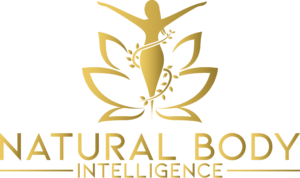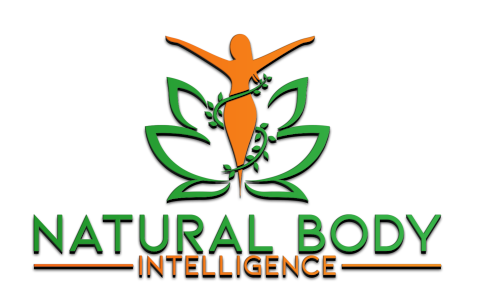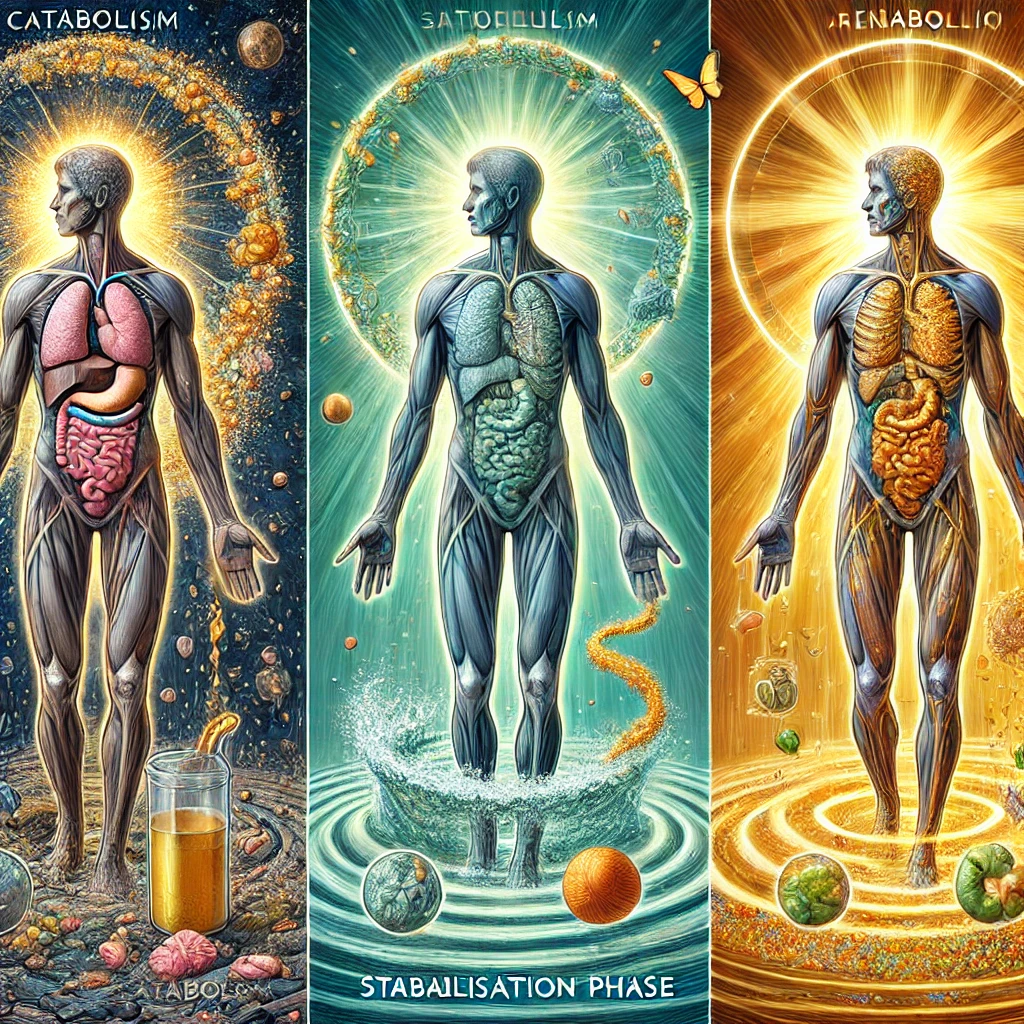The body undergoes three distinct phases when transitioning to a superior diet.
Phase 1: Catabolism – Elimination and Cleansing
In the first phase, known as catabolism, the body prioritises elimination and breakdown of old tissue. This is essentially a deep cleansing process, where accumulated waste and toxins are removed from all tissues. It’s like clearing out the ashes from a furnace before starting a better fire.
During this stage, waste is expelled faster than new tissue is formed, leading to noticeable weight loss. The body is shedding obstructions, allowing for deeper purification. This phase continues until the bulk of toxic material has been removed.
Phase 2: Stabilisation – Balance and Renewal
Once major detoxification is complete, the body enters a stabilisation phase. Here, weight remains relatively stable because the rate of waste elimination matches the rate of new tissue formation. At this point, the body is rebuilding itself using more vital, high-quality nutrients.
As obstructive residues clear, efficiency improves. The body’s metabolism adjusts, setting the stage for the final phase of transformation.
Phase 3: Anabolism – Rebuilding and Strengthening
In the third phase, known as anabolism, the body begins to rebuild more efficiently. Surprisingly, weight may increase, even if calorie intake is lower than before. This happens because:
- The body has removed much of the interfering waste.
- Newly formed tissues are stronger and longer-lasting.
- Enzyme efficiency and nutrient assimilation improve due to better digestion.
At this point, food requirements naturally decrease. Many people find they thrive on just two meals a day—some even transition comfortably to one meal a day. As efficiency increases, the need for excess food declines. The closer one moves toward a high-raw or fully raw diet, the slower the rate of tissue degeneration.
However, a gradual transition is essential, especially for those recovering from illness. Moving too quickly can overwhelm the system.
Understanding Detox Symptoms – “Healing Reactions”
As the body eliminates toxins, various symptoms may arise. These are often mistaken for illness, but they are actually signs of healing.
For example:
- Skin rashes or eruptions – Those prone to past skin issues may experience temporary flare-ups as the body eliminates stored toxins through the skin. A conventional doctor unfamiliar with this process may misdiagnose it as an allergy.
- Colds or fevers – These can reappear after years of absence. This is simply the body’s natural housecleaning process.
Some may wonder, “Why do I feel worse when I’m eating better?” The answer lies in retracing—as the body gains energy from better digestion, it accelerates waste removal. The discomfort is temporary and ultimately beneficial.
Don’t Suppress the Healing Process
It’s crucial not to suppress these detox symptoms with drugs or excessive supplements, which act as drugs in high doses. These reactions are not signs of deficiencies or allergies—provided you are eating well in terms of quality, quantity, combination, and sequence.
This is where experienced guidance becomes invaluable. Unfortunately, few resources provide a clear understanding of nutrition’s relationship to health and disease. If possible, seek advice from a practitioner who truly understands this process.
Embrace the journey—what may seem like an inconvenience now is actually preventing more serious illnesses like kidney disorders, heart disease, arthritis, or even cancer in the long run. Consider it paying your health bills now, rather than later—with interest.


